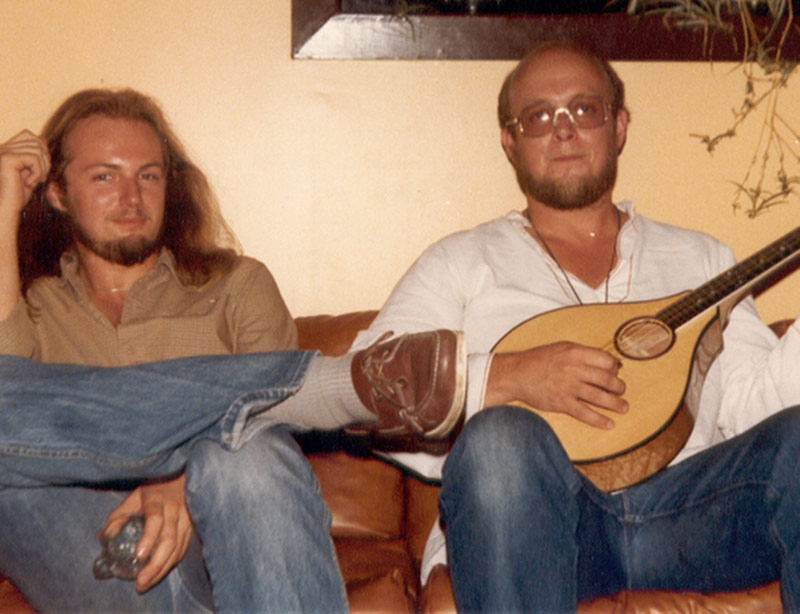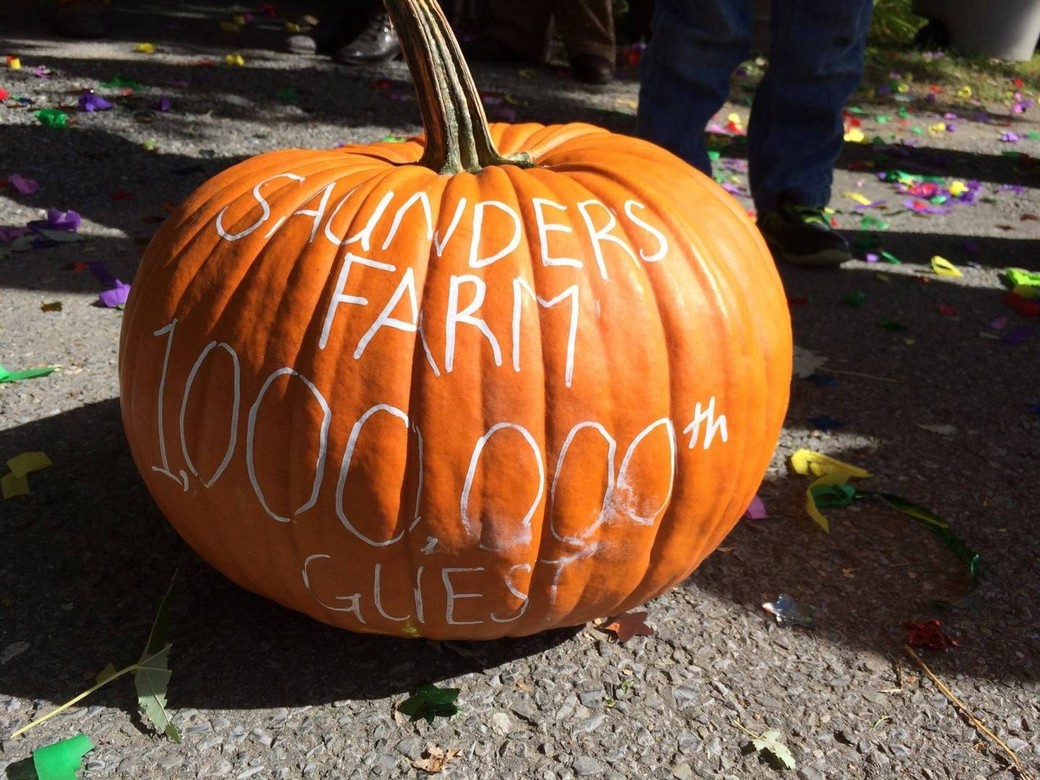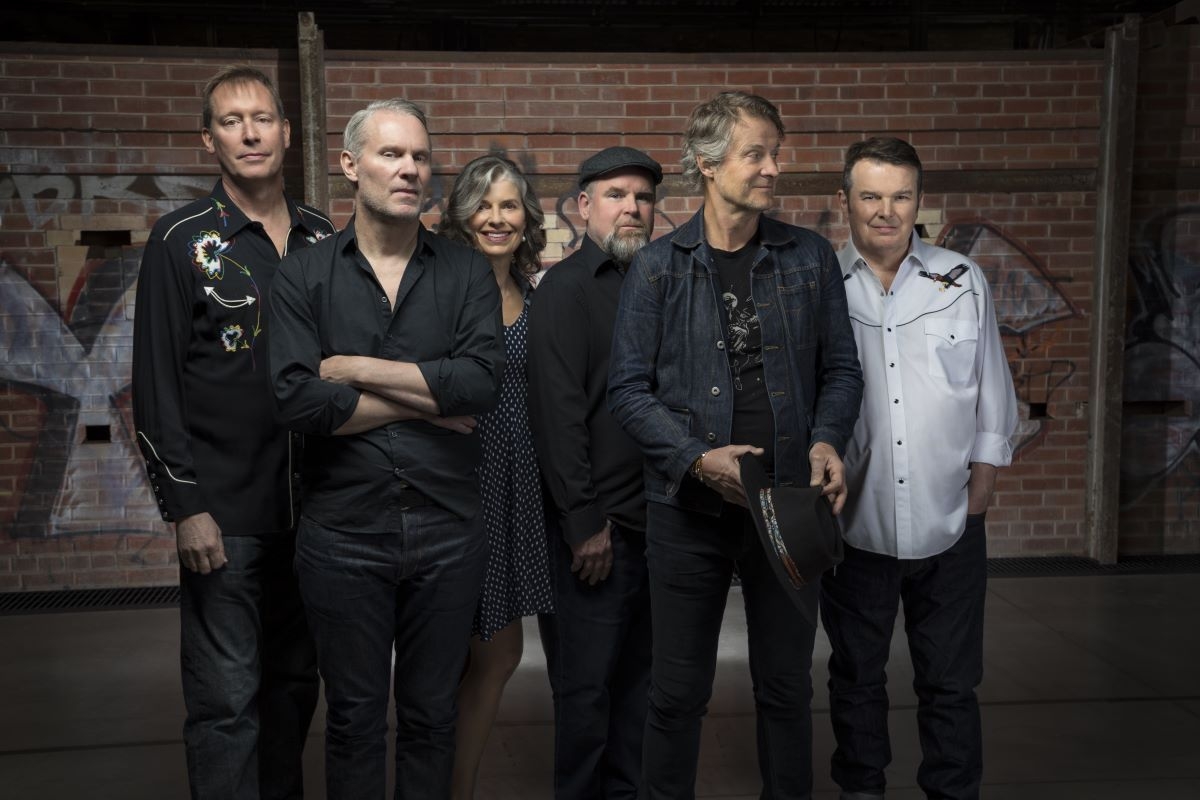
On the Road with Stan and Garnet Rogers Via Epic Travelogue
Photos from GarnetRogers.com and StanRogers.net.
Listen to our full interview with Garnet Rogers above.
We lost sight of you as your legend’s grown
But this road and I, we remember
-Garnet Rogers
I first heard the music of Stan Rogers while living inside a rickety old trailer in the middle of nowhere Prince Edward Island. Like many young men in their early 20’s I felt I had to find myself. Unlike many young men in their early 20’s I felt I had to find myself while travelling across Canada working on organic farms.
A few days before heading to the island I walked into a Halifax record shop looking for some “East Coast” music. A rotund man with what appeared to be the oldest dog in the universe pointed me towards a bin near the window. “2 Four 20,” a sign read. I figured the spelling error was intentional and flipped through the discs settling on one that had a name that made me picture a small fishing town. The album was called Fogarty’s Cove.
“$20, please,” the man at the counter said as his dog snored loudly below us.
“But the sign says…”
“You’ll see,” he said with either a knowing smile or one that said I’d just been had.
I choose not to argue. I had some finding myself to do and a farm to get to. I had already met nudist Buddhists and a woman who choose to only where clogs on my farming journey. The PEI farm would include a rather irate strawberry farmer who looked as though he’d just come down from some strange mountaintop retreat looking for strong whiskey and even stronger women. There were also about 106 amorous farm cats and one less affectionate Anne of Green Gables obsessed Japanese man named Koji. The work was hard, the days were long and where exactly I found myself mostly was mercifully relaxing my aching frame secluded in that trailer up on cinder-blocks. It rocked and rattled when the wind picked up so ferociously I felt I’d be blown into the ocean. I had no computer. I had no books. I only had exhaustion, the wails of sexually dissatisfied cats and, thankfully to drown them out, the music.
This was how I discovered Stan Rogers.
Admittedly, when I first reached for that blazing red cover with the grinning what I believed to be kindly grandfather on the cover, I had very little faith that the music would be much better than the feline symphony outside the trailer window. What was to follow would be the best thing I found while trying to find myself on the East Coast. The voice, the stories, the guitar and the violin, it all combined together and made me feel as though I were being transported into the music, an observant character in the stories Stan was relating. I had never been to the East Coast before but, somehow, Stan’s songs made me feel as though I had never left.
Fogerty’s Cove was all I played that week on PEI and when I headed back through Halifax I made it a point to stop into the record shop to thank the man who ran the place. Lively music was playing. Even the spider in the corner cobweb was doing a jig. When I walked the owner looked up and without hesitation he reached under the counter and held up another Stan album.
“I told you you’d see,” he grinned and handed me Northwest Passage.
I held the album like it were a long lost friend, read the songs over a few times as a line of inpatient vinyl enthusiasts formed behind me. I wanted more! I went to the rack and bought every album of Stan’s I found. There weren’t many.
“Is this it?” I asked holding up the little collection I had gathered.
“Uh, yeah. That one there’s his last one,” the man said tapping From Fresh Water.
“Oh yeah. Do you know when his next one’s coming out?”
That’s when the man’s face fell. It was as though a solar eclipse had passed over him. “No, sonny, I meant that was his last one.”
Stan Rogers had been killed in a fire on board Air Canada Flight 797 after an emergency landing in Cincinnati two decades before. He was not a kindly old grandfather I had pictured him to be. He was only 33 years old. Like me, 95 per cent of the people who discovered Stan’s music would do so after his death.
Rogers would be considered a troubadour for the country. His songs would paint iconic pictures of Canadian life like a musical Norman Rockwell. Through him you felt the toil of the farmer hoping for promise in the coming crop, meet the prairie wife sadly recalling her former beauty, fishermen watching the big draggers destroying their lobster traps in a dying harbour town, men leaving their Eastern homes in hopes for a better life westward and the grizzled old timer watching another youngster swept up by a Great Lakes gale.
These were the songs sung by a Canadian folk hero who’s life had become legend.

To one man, it was a carefully crafted legend largely distorted with myths and untruths perpetuated by those looking to exploit, profit or simply spreading the inaccuracies. The man knew better. He was there every step of the way and he now frustratingly watched Stan become a caricature of the real person he knew and loved.
He is Garnet Rogers, Stan’s band mate and brother.
“People have this bizarre idea of what kind of a person (Stan) was and what kind of life he lived but none of it’s true,” Rogers says a few weeks before his book Night Drive: Travels With My Brother is released to set the record straight. “Now I wanted not to tear him down or belittle him because he’s my brother and I love him but I wanted people to get a more complete picture of what actually happened.”
 With a book that’s over 700 pages long, that picture is a detailed one and it pulls no punches (actually throws quite a few!) on what it was like for the brothers as they tried to make it as musicians in the 1970s. If you are looking for a text that glorifies life on the road you best look elsewhere.
With a book that’s over 700 pages long, that picture is a detailed one and it pulls no punches (actually throws quite a few!) on what it was like for the brothers as they tried to make it as musicians in the 1970s. If you are looking for a text that glorifies life on the road you best look elsewhere.
“A couple people have said to me that it should be required reading for parents to buy for their kids who want to be in a band,” says Rogers of the gritty tales of crooked agents, bar brawls, drunken debauchery and loneliness that became their lives.
Despite the trails and tribulations of the road life they would face, becoming musicians was all the brothers ever dreamed of being. They’d find themselves glued to the radio where, back then, all within an hour, you could hear the Beatles, Wilson Picket, Frank Zappa, Sam and Dave and Stravinsky. If Stan hadn’t become a musician, one who told such visual stories through his lyrics, Garnet would have. It was quite literally in the brothers DNA.
“My dad was a grand storyteller. I particularly got a lot of stuff from him. He was great at just telling these epic stories. Even something that would happen to him at work. He’d tell it to you and have a punch line at the end of it. You’d know he’d been working on it. My dad was kind of the unsung hero of this whole deal.”
In later years, when Garnet started producing solo albums, he would often be told how much he sounded like his brother. Truth be told, he says, they both sounded like their father. They just opted to sing less filthy Air Force drinking songs…at least not publicly.

Garnet would still be in high school when he started touring with Stan, watching his grades slip as his focus changed. As exciting as it was to be a young man following his dreams, the prospects of leaving home with his brother towards the unknown horizon was terrifying.
“(It’s) the kind of thing you do when you’re young and you have no idea what the consequences would be,” Rogers says in retrospect. “If you were able to see down the road and see that there would be police, there would be arrests and starvation and humiliations galore you might look at it a little more differently. When you’re young you look at it as it being great, an adventure!”
Though often being thought of as Maritimers, the Rogers brothers actually grew up in Hamilton, Ontario. Stan’s first album, and the one that kept me company those nights in PEI, Fogarty’s Cove was mainly conceived because the brothers just wanted to have their songs, any songs, recorded. Stan, who had previously written some East Coast sounding music for the CBC, had been asked to write more by the founder of the Winnipeg Folk Festival in exchange for financing an album.
“It’s my contention that if Mitch (Podolak) would have come to Stan and said I want you to write a record of be-bop jazz tunes Stan would have had a hack at it because we just wanted a damn record!”
Night Drive tells the tale of recording that album as well as the others. Songs like “Barrett’s Privateers” and “The Mary Ellen Carter” would become folk standards to many later on but for the brothers those early days contained a lot of rough patches and wild shows. Garnet Rogers hasn’t appeared to forget any of it, right down to the grit and grim of the details. Though he admits he has trouble remembering garbage day at home, he has a tack sharp memory for his time on the road with his brother. Each chapter is a little vignette that bypasses falsehoods of the legend Stan would be made into in exchange for a more humanizing telling of the man he was.
“Odd thing, to live inside a song,” Garnet writes in one chapter.
 The book also returns credit where credit is due to Nathan and Valerie Rogers, the brother’s parents who financed Stan’s early albums and would personally mail them out to fans from their kitchen.
The book also returns credit where credit is due to Nathan and Valerie Rogers, the brother’s parents who financed Stan’s early albums and would personally mail them out to fans from their kitchen.
“There wouldn’t be any Stan Rogers or Garnet Rogers records if my parents hadn’t opened up their wallets and given us their life savings. And they never got any credit,” says Rogers on how his parents were written out of Stan’s story to the point that the family would be unaware of awards Stan would receive posthumously for his music. He relays a time when, curious to see another award his brother was receiving, he was held back at the door because he didn’t have an invitation to the ceremony.
Though the stories were always there for him to tell, Garnet had refrained from participating in other people’s versions of Stan’s life. In 1996 he wrote the song “Night Drive”, a touching tribute to his brother that finds the two where Garnet remembers them the most: on the road. After reading a few memoirs and trying out a few stories in front of his audiences, he was ready to write his own account of his life on the road with Stan. 8 months later had the manuscript, an epic that would serve as a mighty cudgel should anybody foolishly attempt to purloin anything off your person as you carried it.
Reading it, you feel as though you are travelling those miles alongside the brothers and though fans of Rogers music know the ending isn’t a happy one, Garnet chooses to leave us with a touching moment of warmth. The book culminates in the same place that his song would, not with tragedy, sorrow and loss but with two brothers by a campfire gazing up at the wondrous curtain of the Northern Lights. The music they created would go on to inspire It would paint a tapestry in song of their homeland. It would keep at least one crazy wanderer trying to find himself company on a few cold Eastern nights on a road of his own. But, for now, as the tale through all the laughs and hardships concludes, we’re left with this square in the patchwork quilt of time, a place where seconds move in lifetimes and two road weary travellers still reside.
“I wanted to leave us out on that road for eternity,” says Rogers and there they remain, frozen in that moment. They are not musicians…not legends. There, they are just brothers and before them the road forever awaits.
Garnet Rogers will perform on Sat. Dec 10, 2016 in the Southminster United Church (15 Aylmer Ave.) / General Admission: $25.00 CAD ADV $30.00 CAD DOS / Tickets at www.folkzone.ca.
You can purchase Night Drive: Travels with My Brother online.












